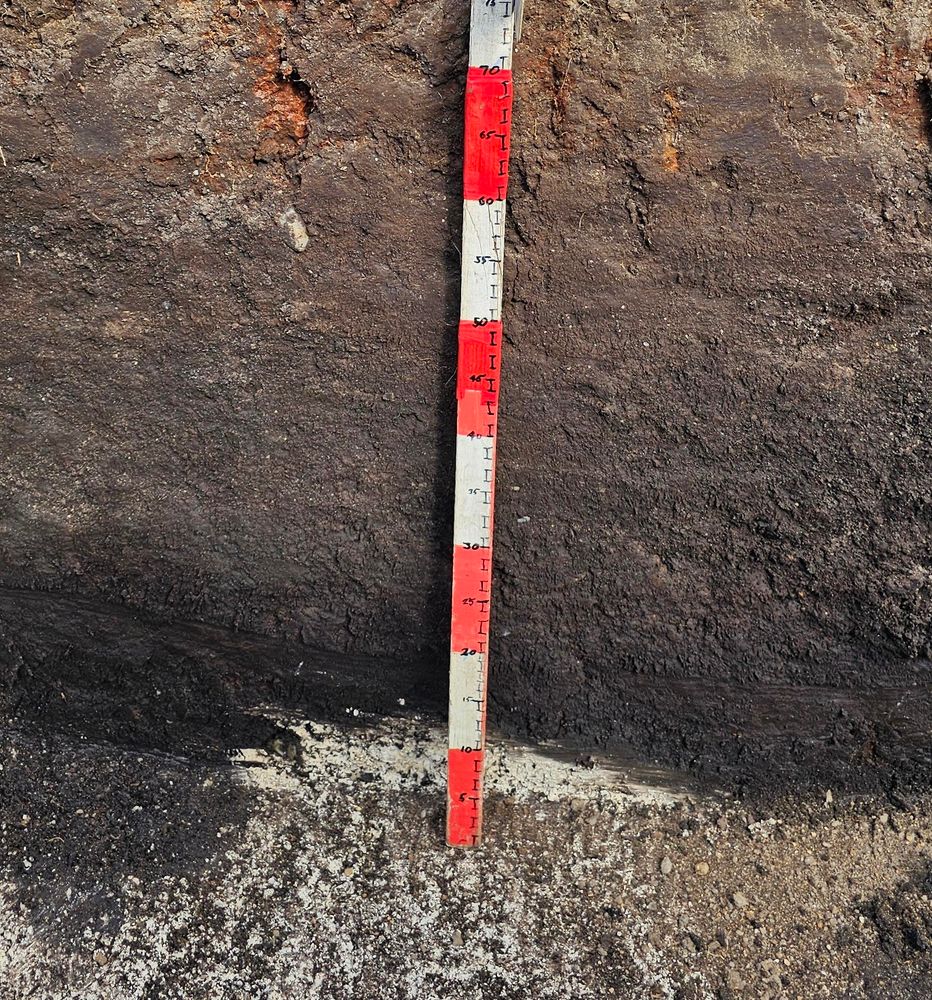Geological Society of Norfolk
@geolsocnorfolk.bsky.social
31 followers
31 following
24 posts
Understanding and discovering the geology of East Anglia and Norfolk in particular.
See http://www.norfolkgeology.co.uk/.
Posts
Media
Videos
Starter Packs
Reposted by Geological Society of Norfolk
Reposted by Geological Society of Norfolk
Reposted by Geological Society of Norfolk
Reposted by Geological Society of Norfolk
Reposted by Geological Society of Norfolk
Reposted by Geological Society of Norfolk
Reposted by Geological Society of Norfolk
Reposted by Geological Society of Norfolk
Reposted by Geological Society of Norfolk
Reposted by Geological Society of Norfolk
Reposted by Geological Society of Norfolk







































